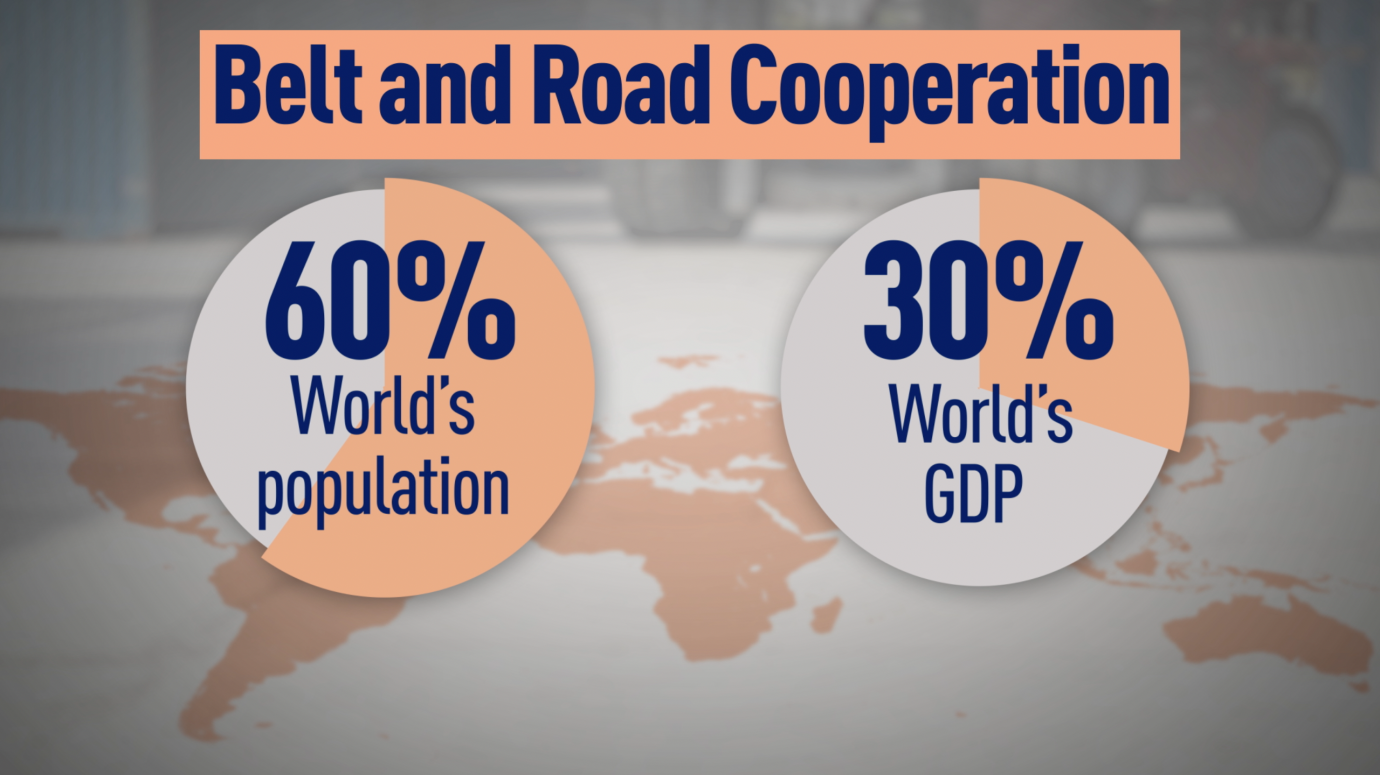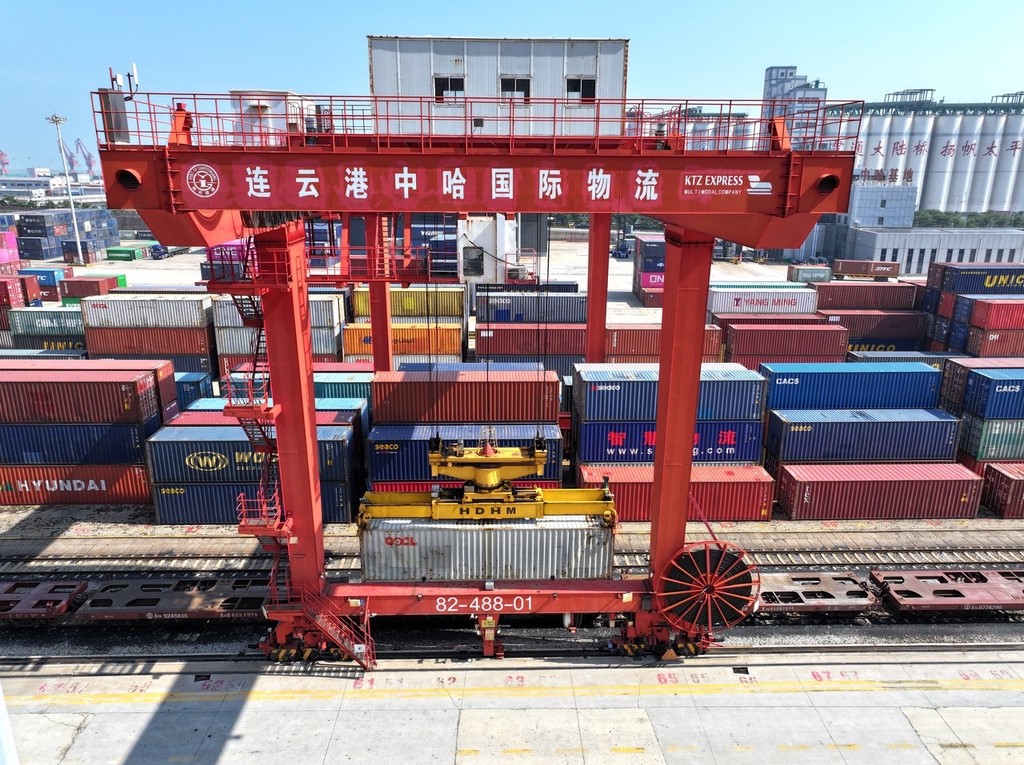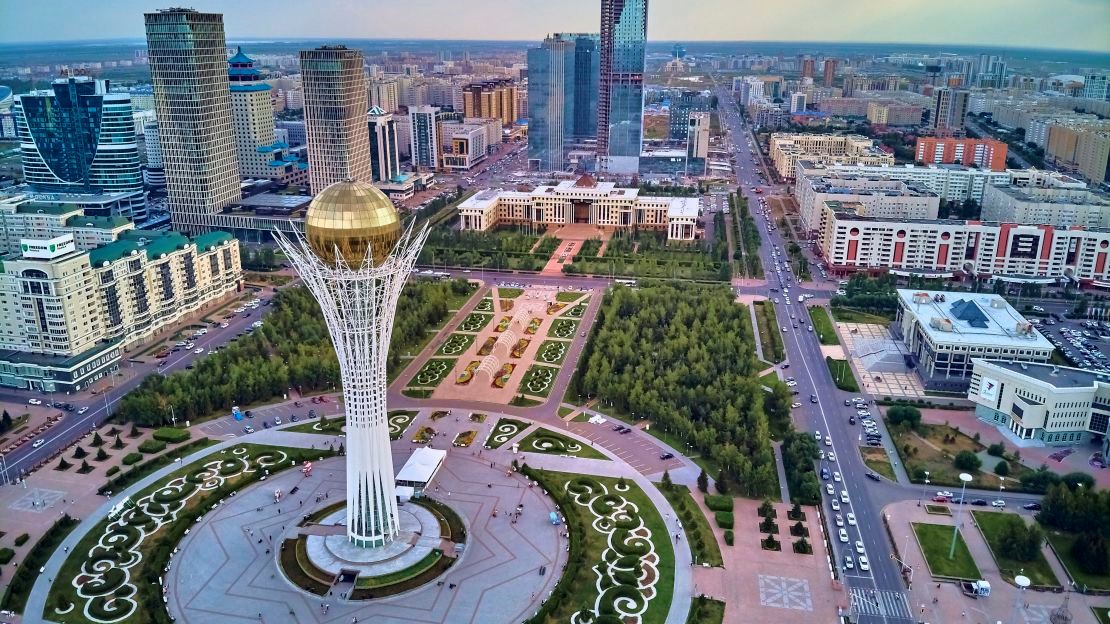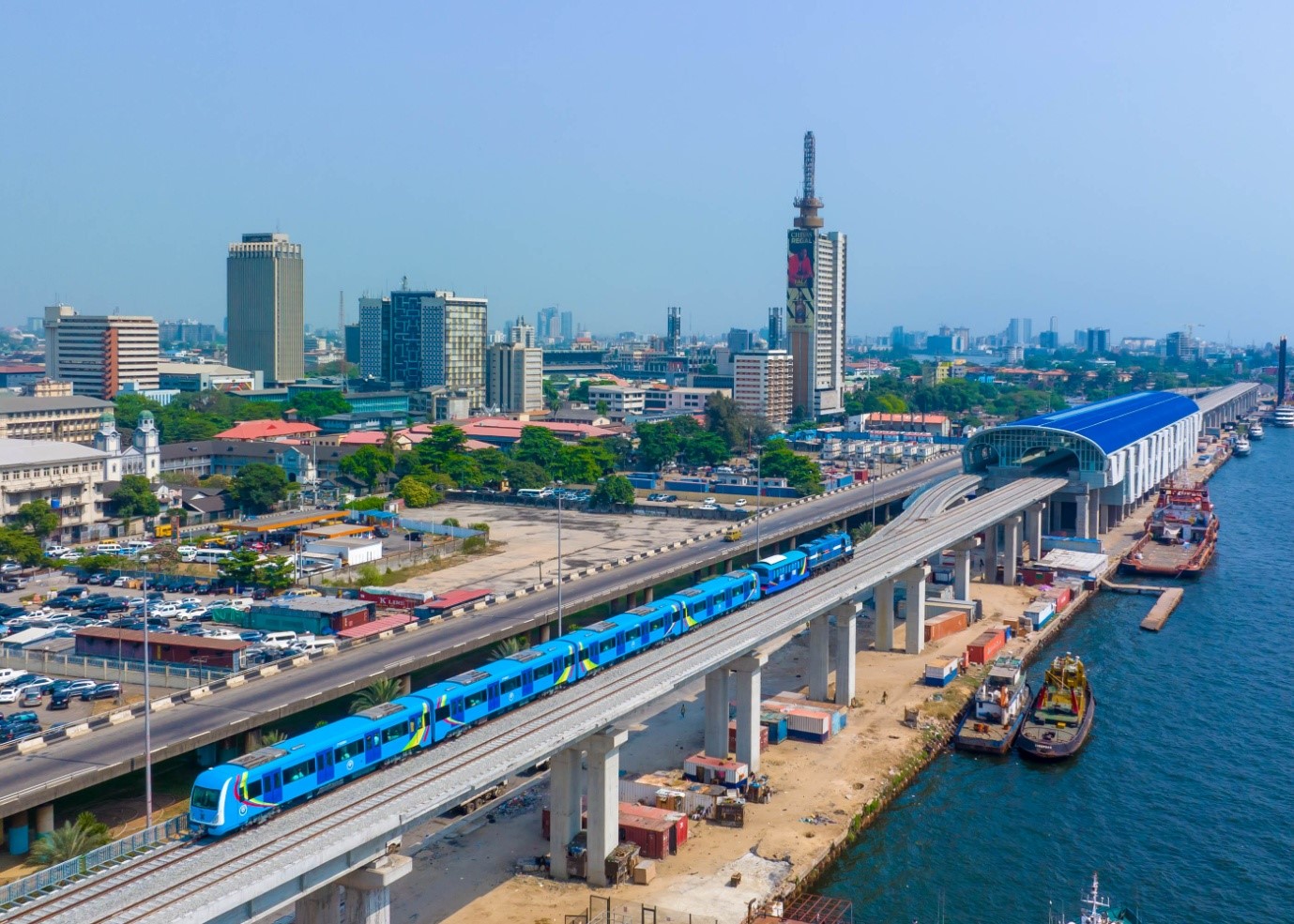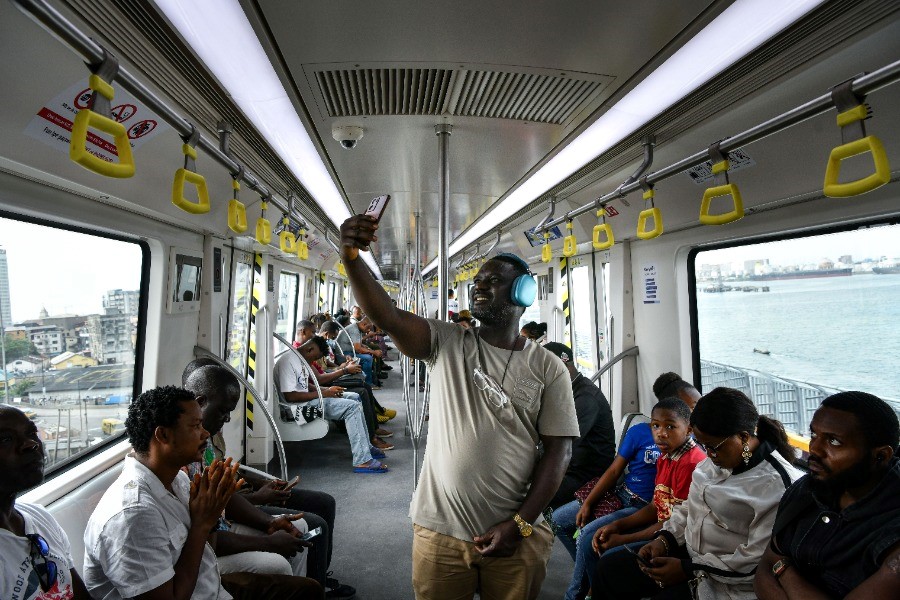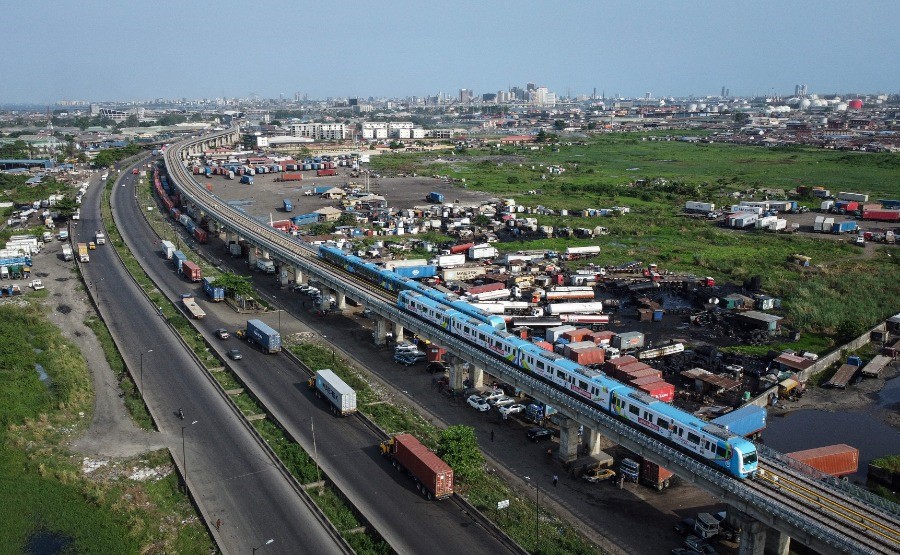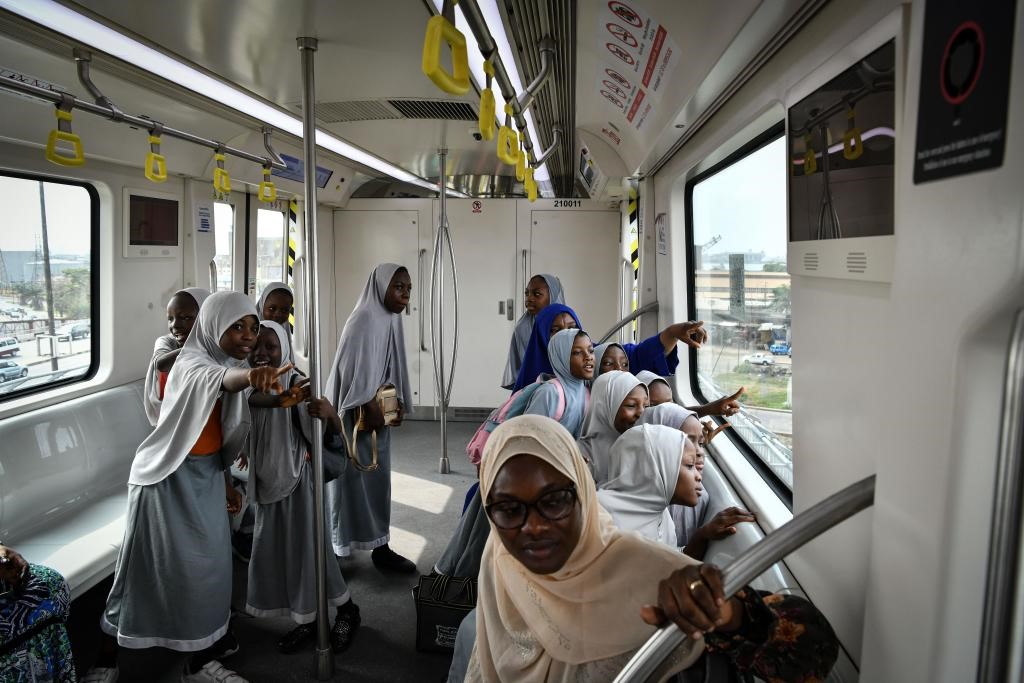Belt and Road Initiative
Belt and Road Initiative
Since 2013, China, through the Belt and Road Initiative (BRI), proposed by Chinese President Xi Jinping, which aims to strengthen infrastructure, trade and investment links in Europe, Africa and beyond, has established cooperation agreements with more than 150 countries and 30-plus international organizations. By 2023, ten years since its establishment, the BRI had galvanized nearly $1 trillion of investment, built numerous livelihood projects, developed massive infrastructure facilities and achieved milestones of cooperation.
During the 10th anniversary of the Belt and Road Initiative, the leading expert at the Ghana Centre for China Studies (GCCS) in a joint collaboration with the China Global Television Network (CGTN) authored two articles titled ‘‘Tackling global challenges through BRI agricultural cooperation’’ and ‘‘Dispelling Misconceptions: Why BRI is not a bad investment.’’
Frequently Asked Questions (FAQs)
- Is the BRI predatory?
- Is the BRI a geopolitical tool?
- Is the BRI a complete failure?
‘‘For example Kazakhstan, the largest economy in Central Asia, a World Bank report (2020) shows that BRI corridor routes are potentially "game changers" for the land-locked country. At present, BRI improvements in infrastructure have reduced Kazakh shipment time by more than 8 percent and trade cost by 4 percent. The impact of the improved infrastructure alone on Kazakh gross domestic product (GDP) is estimated at about 6.5 percent, while improving trade facilitation and reducing tariffs along the corridors will add around 15 percent.
A World Bank report in 2019 shows that if fully implemented, the BRI transport projects could foster trade between 1.7 and 6.2 percent for the world, increasing global real income by 0.7 to 2.9 percent – lifting 7.6 million people from extreme poverty (people earning less than $1.9 a day) and 32 million people from moderate poverty (people earning less than $3.2 a day). According to a 2019 study from the London-based Centre for Economics and Business Research, the BRI is likely to boost world GDP by $7.1 trillion per year by 2040.
A progress report on the BRI in support of the United Nations 2030 Agenda for sustainable development, launched during the 77th Session of the General Assembly in the United Nations headquarters in 2022, shows that the China-led initiative is a highly valuable vehicle for accelerating implementation of the 2030 Agenda – proving effective in bridging various gaps in implementation efforts of the United Nations Sustainable Development Goals, including trade, policy coordination, financing, and infrastructure connectivity among others.’’– This is an excerpt from the publication titled ‘‘Dispelling Misconceptions: Why BRI is not a bad investment’’ produced by the Ghana Centre for China Studies (GCCS) and published in a joint collaboration with the China Global Television Network (CGTN).
Belt and Road Initiative and the Global South
‘‘For decades, Africa has been characterised by complex and formidable structural challenges, a hindrance to sustainable growth and development. However, since the introduction of the BRI to the continent, the project has injected new impetus into various industries – steering African countries along a sustained path of growth, economic transformation and resilience. The BRI is increasingly central to national and concerted actions dedicated to tackle decades-long challenges and structural deficiencies, widely known as the reasons for low GDP growth and slow pace of development – this is increasingly evident in key sectors in Africa, including transport. Built primarily to plunder minerals and agricultural resources during the colonial era, Africa’s transport network, including roads and railways, is linked to mines, plantations and other key sites of exploitation which are connected to ports, with the ultimate goal to transport resources to destinations far away from the continent – serving the colonizers’ interest rather than to provide general connectivity within countries on the continent.
However, with the introduction of the BRI, which aims to strengthen cooperation and promote hard and soft infrastructure development including digital connectivity, harmonization of regulations and standards, customs cooperation and people-to-people exchanges, the decades-long labelling of Africa as the region with fragmented roads, poorly maintained railways and low density transport network with respect to population, a key constraint of intra-Africa trade, is increasingly becoming a distant memory. In Nigeria, the continent’s largest economy and most populous country, reaps increasing social and economic gains from several massive transport infrastructure facilities under the BRI.
To mention a few, the China built Lagos-Kano standard gauge project, the first standard gauge railway in Nigeria and West Africa has significantly improved mobility – the Abuja-Kaduna Railway which is the first segment of the project has safely transported nearly 6.5 million passengers since it commenced operation in 2016. To further enhance the transport sector’s capacity – in January 2023 Nigeria witnessed the completion and opening of major projects under the BRI, including the first phase of the Lagos Rail Mass Transit Blue Line project and the Lekki deep-water port, the largest deep-water port in West Africa – constructed by China Harbour Engineering Company Limited, the facility is expected to generate about US$360 billion of economic value and create 170,000 jobs – as it enhances Nigeria’s capacity to process export and import.’’ – This is an excerpt from the publication titled ‘‘Ten years on: What does China’s BRI mean to the Global South?’’ produced by the Ghana Centre for China Studies (GCCS) and published in a joint collaboration with the Ghana News Agency (GNA) and the Ghanaian Times, the state-owned newspaper established in 1957.
OUR IMPACT
- ICELAND
-
-
This study on the Belt and Road Initiative conducted at the University of Iceland cites
Ghana
Centre
for China Studies (GCCS) publication titled ‘‘Cooperation with China tackles challenges of
education in
Africa’’
Thesis: China´s Impact on Africa: Some effects of China-Africa engagement in the Belt and Road Initiative
Download thesis: See pg.25 for cited GCCS publication
-
This study on the Belt and Road Initiative conducted at the University of Iceland cites
Ghana
Centre
for China Studies (GCCS) publication titled ‘‘Cooperation with China tackles challenges of
education in
Africa’’
- SCOTLAND
-
-
This thesis on Sino-Bangladesh relations published at the University of Glasgow
cites Ghana
Centre for China Studies (GCCS) publication titled "What is China's role in
promoting inclusive
growth in Bangladesh"
Thesis: The Dynamics of Sino-Bangladesh Relations and China's Counterbalancing Strategy in Bangladesh
Download thesis: See pg.72 for cited GCCS publication
-
This thesis on Sino-Bangladesh relations published at the University of Glasgow
cites Ghana
Centre for China Studies (GCCS) publication titled "What is China's role in
promoting inclusive
growth in Bangladesh"
- INDIA
-
-
The Chinese Embassy in India republished Ghana Centre for China Studies
(GCCS) article on BRI in the Review BRI Special Edition
Download China-India Review (Magazine): See pg. 50 for GCCS publication
-
The Chinese Embassy in India republished Ghana Centre for China Studies
(GCCS) article on BRI in the Review BRI Special Edition
- BANGLADESH
-
- Ghana Centre for China Studies article republished by The Financial Express, a leading newspaper in Bangladesh
OUR PUBLICATIONS
- Ten years on: What does China’s BRI mean to the Global South?
- Tackling global challenges through BRI agricultural cooperation.
- Does the Belt and Road Initiative bolster economic growth?
- How China's Belt and Road Initiative is shaping global research collaboration.
- Dispelling Misconceptions: Why BRI is not a bad investment.
- What is China's role in promoting inclusive growth in Bangladesh?
- BRI enters a new phase: Can Bangladesh harness new growth opportunities?
- China-Laos Railway: Strengthening Access to Opportunities.
